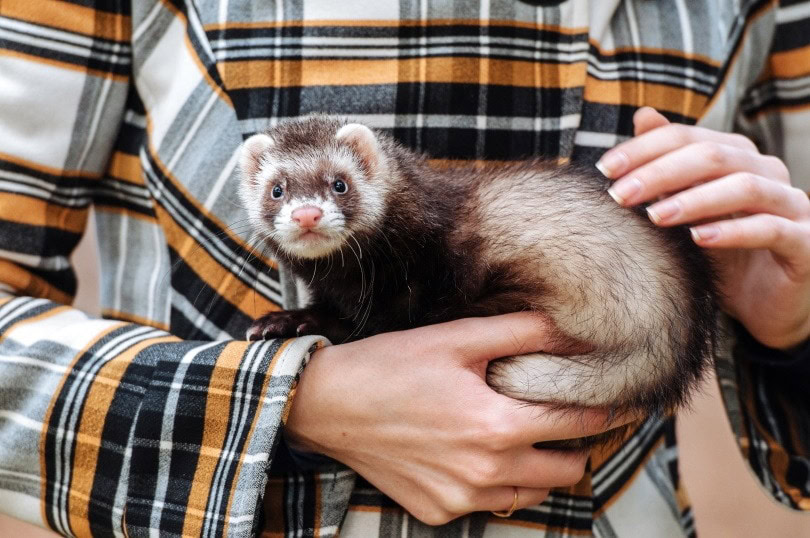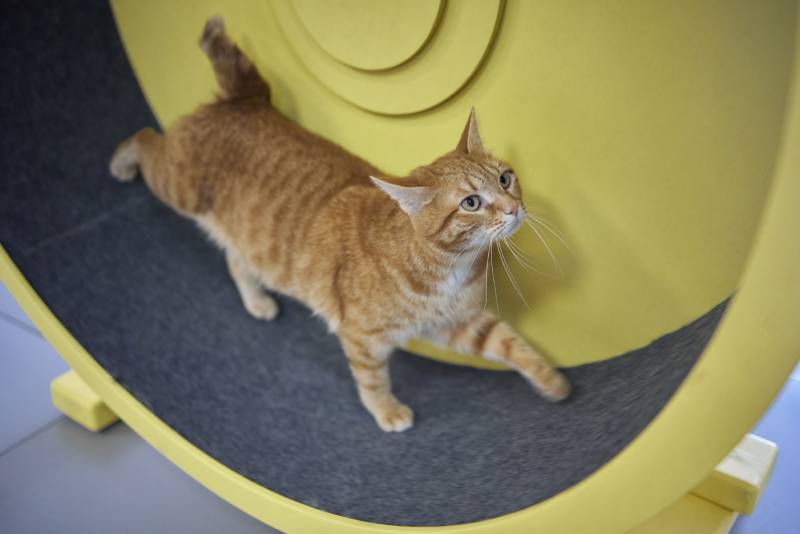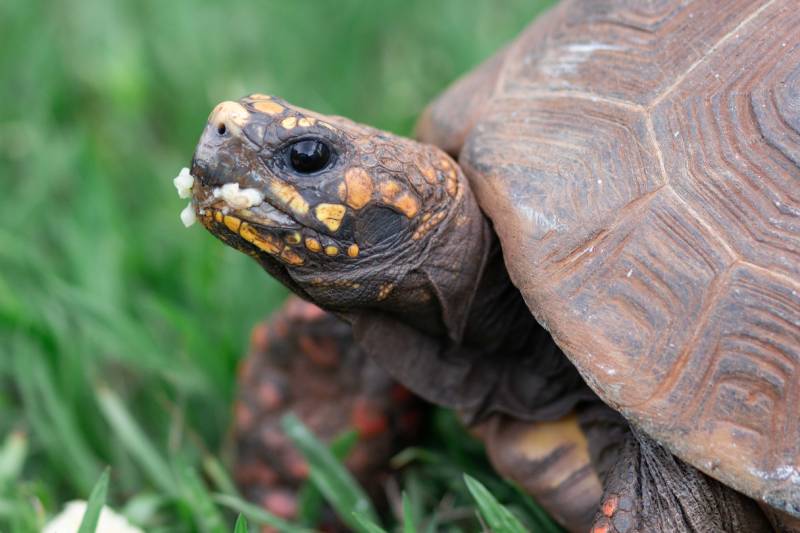VET APPROVED

The information is current and up-to-date in accordance with the latest veterinarian research.
Learn more »Click to Skip Ahead
Ferrets are unique creatures, and caring for a ferret is unlike caring for other common household pets. Even holding a ferret is different from holding other animals, such as dogs or cats, due to the ferret’s interesting body structure. These creatures are long and thin, and you must provide support for their bodies or risk causing them injury.
If you’re new to ferrets, learning to handle one can sound a bit daunting, as you don’t want to hurt them accidentally. Fortunately, you’ve come to the right place, as this article will walk you through the process of properly holding your ferret, step by step. By the end, you’ll feel confident picking up and holding your pet.

Ferrets Are Predators, Not Prey

Unlike many small and furry pets such as rabbits or gerbils, ferrets are predators. They’re carnivorous animals that survive by hunting, killing, and eating other animals. While your ferret certainly doesn’t view you as food, you still need to be aware of their tendency to bite if they pick up on a scent that may resemble prey, or something they dislike. For this reason, it’s vital that you wash your hands thoroughly every time before you handle your ferret. Scents on your hands could trigger your ferret’s instincts to attack, and the last thing that you want is a ferret bite complicating your relationship with your pet.
Don’t Stretch Your Ferret’s Back
The key when holding your ferret is to avoid stretching their back or letting it dangle loose. Ferrets are rather long creatures for their overall size. Their backs are elongated, and if the back stretches out while you’re holding your ferret, it will be uncomfortable for your pet at the least, and potentially harmful at the worst. As a general rule, make sure whenever you’re holding your ferret, you keep them supported in such a way that their back won’t stretch out.

Keep the Chest Supported
Avoiding your ferret’s back becoming stretched is one major component of holding your ferret properly; the other is supporting the chest. Whenever holding your ferret, you want to keep their chest supported. You can do this by placing a hand under the chest or around the back of the neck, with your fingers gently wrapping around to provide support under the chest.
Use Two Hands at All Times
If you want your ferret to be comfortable and safe when you’re holding them, always use two hands. When holding your ferret with just one hand, you won’t be able to provide sufficient support and prevent their back from stretching out, which can result in discomfort or pain for your furry ferret friend.


The Proper Way to Hold a Ferret
Now that you understand the basic principles and rules of properly holding a ferret, let’s walk through the steps of picking up and holding your ferret in a safe and comfortable manner. There are other ways to hold a ferret, but this is the safest, easiest, and most comfortable method for both you and your pet.
1. Make Sure Your Hands Are Clean
Before you pick up your ferret, go wash your hands! You need to remove any odors that might be lingering on your skin, even if you can’t smell them. Remember, your ferret’s sense of smell is much more refined than yours is, so they are able to pick up scents that are too faint for your olfactory system. You don’t want to accidentally trigger your ferret’s prey drive and be on the receiving end of a nasty bite.

2. Grasp Your Ferret Under the Chest
Scoop the fingers of one hand underneath your ferret’s chest. Your fingers can go around the animal’s legs, allowing you to support their upper and lower chest with one hand. Wrap your fingers around with a firm but gentle hold so your fingertips are close to meeting on your ferret’s back.
3. Scoop Up the Ferret’s Backside
Your other hand will be used to support your ferret’s abdomen and back end. Scoop up your ferret’s butt, letting their back curl underneath the chest with your hand underneath it, as if your ferret were sitting in an S-shape on your hand. You should now have one hand supporting your ferret’s chest, with the other hand supporting their abdomen and bottom.

4. Maintain Support
Ensure that you maintain adequate support of your ferret’s chest and back end the entire time that you’re holding them. Don’t start relaxing too much and allow the back end to stretch out. You want to make sure your ferret remains comfortable while you hold them, which will make it easier for you to keep holding your ferret in the future. One bad experience can make things difficult for both of you moving forward.
5. Remain Calm, Firm, and Gentle
While holding your ferret, you must keep a firm grasp on them. You don’t want your ferret to slip from your grasp or wriggle themself free. At the same time, you don’t want such a tight grip that you’re making your ferret uncomfortable. This can cause them to wriggle even more, making it even harder for you to hold them, creating a negative feedback loop that will keep building until something bad happens. Instead, make sure your grip is gentle but snug.
You must also be aware of your own feelings while holding your ferret. If you become excited or emotional in any way, your ferret will likely pick up on the changes in your demeanor, which will probably also cause a change in your ferret’s behavior. You might not realize that your pulse has quickened and your grip has tightened, but your ferret definitely noticed. Try your best to remain calm and controlled any time you’re handling your ferret. It will make your ferret more comfortable, reducing the chance of possible accidents or miscommunications between you and your pet.


Conclusion
Due to the interesting way that a ferret’s body is shaped, you can’t just pick them up like you would a cat, dog, or even a rabbit. You must take care to provide support for your ferret’s back and chest. Don’t allow their back to stretch out or dangle loose, as this could be uncomfortable or even painful for your pet. Also, make sure to keep a firm grip so your ferret doesn’t fall, but remain gentle so you don’t hurt or excite them.
This may seem a bit overwhelming, but after you hold your ferret a few times, all of this will become second nature, and you’ll no longer have to think about it so hard. It will just come naturally!
See also:
Featured Image Credit: Daniel Steinke, Pixabay










